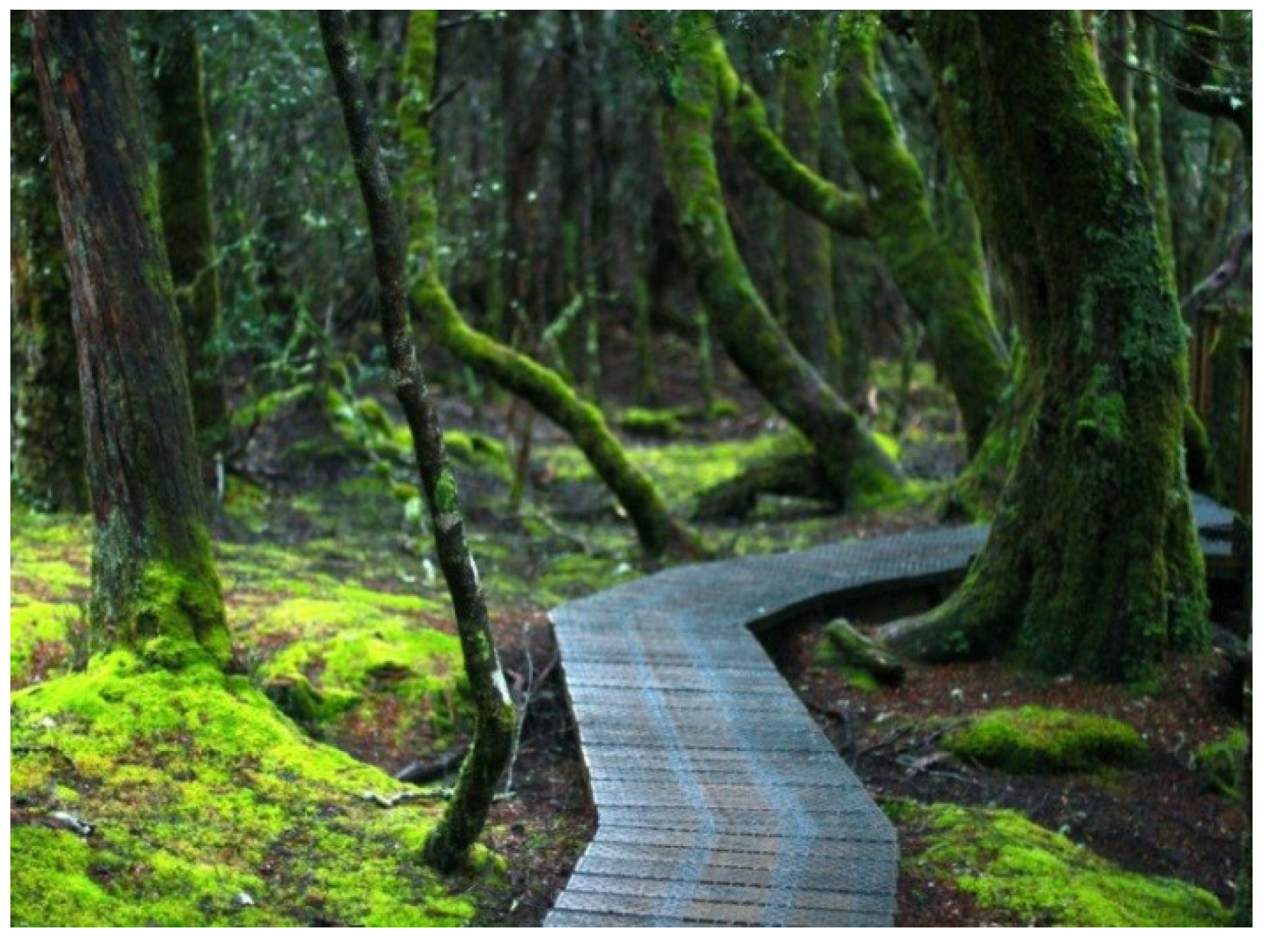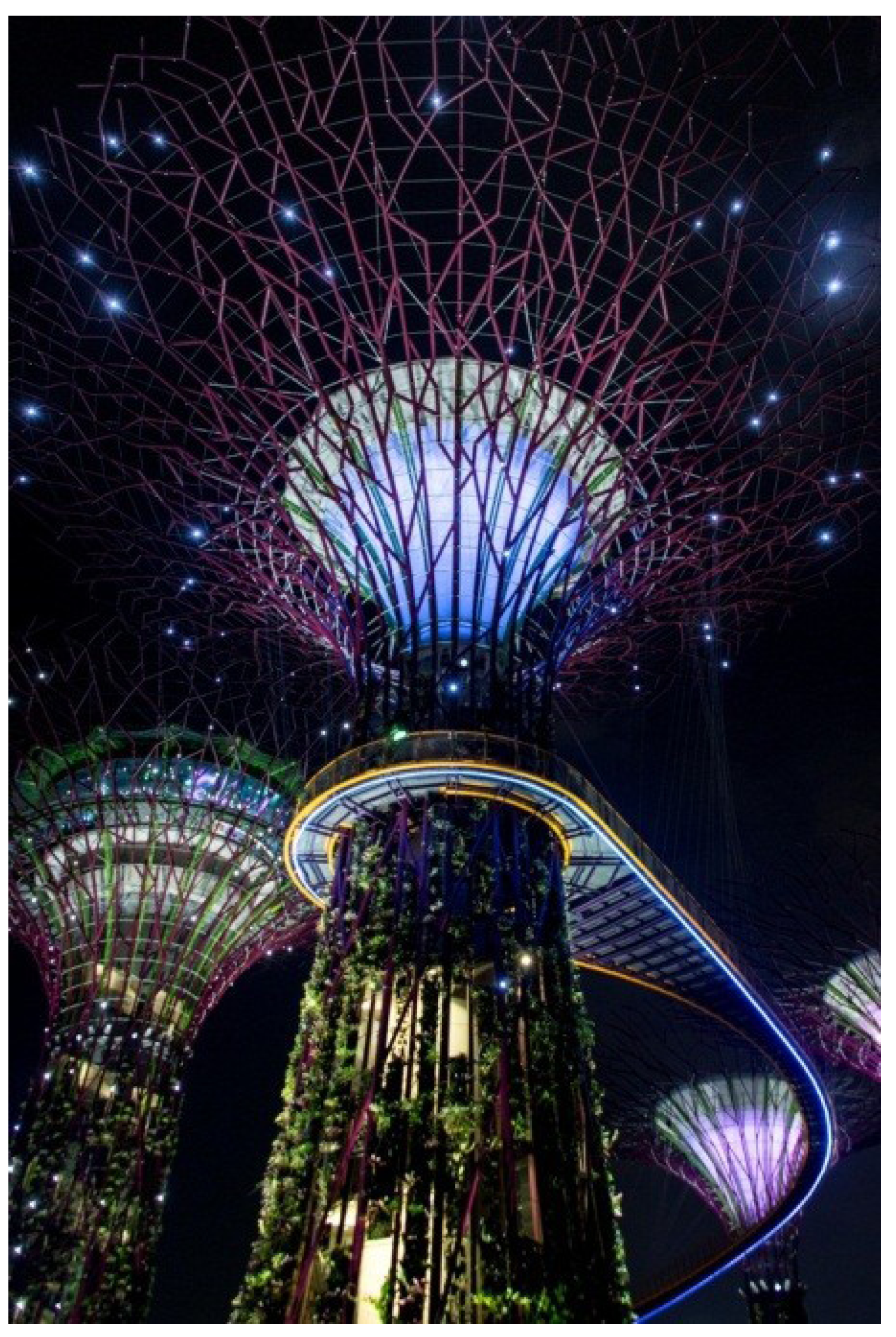Education for Sustainability through a Photography Competition
Abstract
:1. Introduction
2. Education for Sustainability (EfS)
3. Photography as a Tool in Education for Sustainability (EfS)
4. The Development of a Sustainability Photography Competition
4.1. The Photography Competition as a Teaching and Learning Experience
4.2. The Competition Promoted across Higher Education in Australia and New Zealand
5. Winning Photographs and the Photographers’ Comments
| Number of entries in the competition | ||
|---|---|---|
| 2012 | 2013 | |
| Staff | 4 | 19 |
| Students | 16 | 14 |
| Number of institutions with entries in the competition | ||
|---|---|---|
| 2012 | 2013 | |
| Staff | 3 | 10 |
| Students | 8 | 6 |
5.1. Winning Photograph in the Student Category in 2012

5.2. Winning Photographs in the Student Category in 2013



5.3. Winning Photographs in the Staff Category in 2013



6. Conclusions and Recommendations
Conflicts of Interest
References
- Sturken, M.; Cartwright, L. Practices of Looking: An Introduction to Visual Culture; Oxford University Press: Oxford, UK, 2001. [Google Scholar]
- Department of the Environment Water Heritage and the Arts. Living Sustainably: The Australian Government’s National Action Plan for Education for Sustainability; Department of the Environment Water Heritage and the Arts: Canberra, Australia, 2009. [Google Scholar]
- Glavic, P.; Lukman, R. Review of sustainaiblity terms and their definitions. J. Clean. Prod. 2007, 15, 1875–1885. [Google Scholar] [CrossRef]
- Gough, S.; Scott, W. Higher Education and Sustainable Development; Routledge: Lnodon, UK, 2007. [Google Scholar]
- Wright, T.S.A. Definitions and frameworks for environmental sustainability in higher education. High. Educ. Policy 2002, 15, 105–120. [Google Scholar] [CrossRef]
- World Commission on Environment and Development. Our Common Future; Oxford University Press: Oxford, UK, 1987. [Google Scholar]
- Newport, D.; Chesnes, T.; Lindner, A. The “environmental sustainability” problem: Ensuring that sustainability stands on three legs. Int. J. Sustain. High. Educ. 2003, 4, 357–363. [Google Scholar] [CrossRef]
- Sidiropoulos, E. Education for sustainability in business education: A question of value. J. Clean. Prod. 2013. [Google Scholar] [CrossRef]
- Sherren, K. Core issues: Reflections on sustainability in Australian University coursework programs. Int. J. Sustain. High. Educ. 2006, 7, 400–413. [Google Scholar] [CrossRef]
- Sterling, S. Transformative learning and sustainability: Sketching the conceptual ground. Learn. Teach. High. Educ. 2011, 56, 407–424. [Google Scholar]
- Department of the Environment Water Heritage and the Arts. Education for sustainability: The role of education in engaging and equipping people for change. Available online: http://www.aries.mq.edu.au/publications/aries/efs_brochure/pdf/efs_brochure.pdf (accessed on 6 November 2013).
- Wals, A.E.J.; Jickling, B. “Sustainability” in higher education: From doublespeak to newspeak to cirtical thinking and meaningful learning. Int. J. Sustain. High. Educ. 2002, 3, 221–232. [Google Scholar] [CrossRef]
- Blewitt, J. Higher education for a sustainable world. Educ. Train. 2010, 52, 477–488. [Google Scholar] [CrossRef]
- Sipos, Y.; Battisti, B.; Grimm, K. Achieving transformative sustainability learning: Engaging head, hands and heart. Int. J. Sustain. High. Educ. 2008, 9, 68–86. [Google Scholar] [CrossRef]
- De la Harpe, B.; Thomas, I. Curriculum change in universities: Conditions that facilitate education for sustainable development. J. Educ. Sustain. Dev. 2009, 3, 75–85. [Google Scholar] [CrossRef]
- Sterling, S.; Thomas, I. Education for sustainability: The role of capabilities in guiding university curricula. Int. J. Innov. Sustain. Dev. 2006, 1, 349–370. [Google Scholar] [CrossRef]
- Giblett, R. Photography for earthly symbiosis. Landscapes J. Int. Cent. Landsc. Lang. 2010, 4, 4–10. [Google Scholar]
- Giblett, R. Landscapes of Culture and Nature; Palgrave Macmillan: Basingstoke, UK, 2009. [Google Scholar]
- Giblett, R.; Tolonen, J. Photography and Landscape; Intellect Books: Bristol, UK, 2012. [Google Scholar]
- Jay, M. Ways of seeing at forty. J. Vis. Cult. 2012, 11, 135–137. [Google Scholar] [CrossRef]
- Edith Cowan University. Environment. Available online: http://www.ecu.edu.au/about-ecu/environment (accessed on 6 November 2013).
- Giblett, R. Shooting the sunburnt country, the land of sweeping plains, the rugged mountain ranges: Australian landscape and wilderness photography. Continuum J. Media Cult. Stud. 2007, 21, 335–346. [Google Scholar] [CrossRef]
- Scott, R.H.; Giblett, R.; Tolonen, J. A Sustainability Photography Competition Paper Presented at the Mobilise and Motivate: Building Momentum for a Holistic Sustainaiblity Approach. Available online: http://www.acts.asn.au/index.php/2012-acts-conference/proceedings/ (accessed on 6 November 2013).
- Barrie, S.; Hughes, C.; Smith, C. The National Graduate Attributes Project: Integration and assessment of graduate attributes in curriculum. Available online: http://www.olt.gov.au/resource-library?text=generic%20graduate%20attributes (accessed on 6 November 2013).
- Edith Cowan University. Graduate Attributes. Available online: http://intranet.ecu.edu.au/learning/support-and-resources/employability-and-work-integrated-learning/graduate-attributes (accessed on 6 November 2013).
- Lutton, M. Sustainability in the Curriculum—Contemporary Performance. Available online: http://www.youtube.com/watch?v=zdDn9nJG2GA (accessed on 6 November 2013).
- Australasian Campuses Towards Sustainability. ACTS Sustainability Photography Competition. Available online: http://www.acts.asn.au/index.php/acts-sustainability-photography-competition/2013-competition/ (accessed on 6 November 2013).
- Australasian Campuses Towards Sustainability. Green Gown Awards Australasia. Available online: http://www.acts.asn.au/index.php/programs-and-initiatives/ggaa/ (accessed on 6 November 2013).
© 2014 by the authors; licensee MDPI, Basel, Switzerland. This article is an open access article distributed under the terms and conditions of the Creative Commons Attribution license (http://creativecommons.org/licenses/by/3.0/).
Share and Cite
Scott, R. Education for Sustainability through a Photography Competition. Sustainability 2014, 6, 474-486. https://doi.org/10.3390/su6020474
Scott R. Education for Sustainability through a Photography Competition. Sustainability. 2014; 6(2):474-486. https://doi.org/10.3390/su6020474
Chicago/Turabian StyleScott, Rowena. 2014. "Education for Sustainability through a Photography Competition" Sustainability 6, no. 2: 474-486. https://doi.org/10.3390/su6020474




